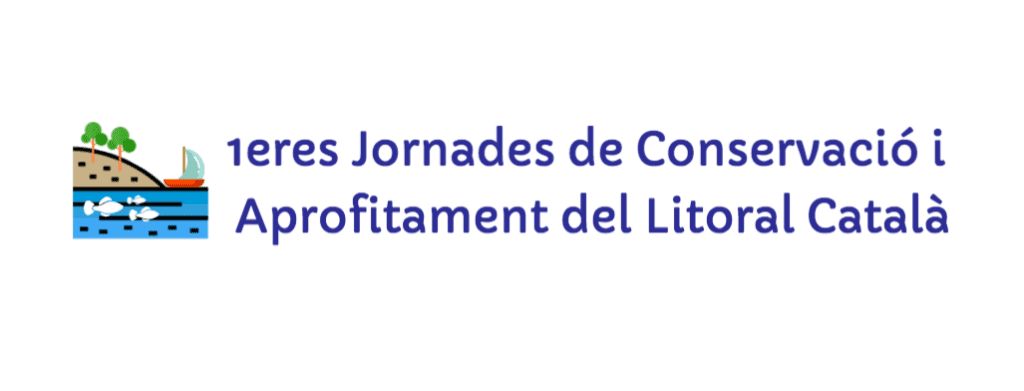Mediterranean: good practices from the “Catalan Coast Conservation and Exploitation” workshop
MedPAN and RAC/SPA have conducted in 2016 an assessment of where we stand with Marine Protected Areas (MPAs) and Other Effective area-based Conservation Measures (OECMs) in the Mediterranean. Read more about it at http://www.medpan.org/en/mediterranean-mpa-status
The Mediterranean: a sea under pressure
The Mediterranean covers 0.7% of the world oceans and 1/3 of the global maritime traffic passes through the basin. As the 1st tourist destination in the world, with a large number of annual arrivals (343 million in 2014), it is expected to grow over 40% by 2025.
However, the news aren’t pretty for the Mediterranean: its resources are overexploited, particularly regarding fish stocks as 85% of which are overfished*; Land-based pollution has been profoundly affecting biodiversity and the quality of coastal waters. Moreover, the Mediterranean already shows drastic impacts linked to climate change; and it has been suffering largely with non-native marine species – more than 900 are found in the Mediterranean, with at least 40 invasive that are affecting local communities and marine habitats.**
* FAO. 2016. The state of Mediterranean and Black Sea Fisheries. General Fisheries Commission for the Mediterranean. Rome, Italy. Sources: MedTrends project (WWF France), Blue Plan GFCM.
**Information extracted from the brochure: 2016 status of MPA in the Mediterranean.
How is the Mediterranean being protected?
According to the 2016 status of MPA in the Mediterranean report, there are 186 sites designated at national level which cover only 1.60% or 40,327 km2 of the Mediterranean Sea. The surface covered by nationally designated sites has close to doubled since 2012, with the creation of 6 new sites, some of which being very large (more than 1,000 km²). Of these nationally designated sites, 76 have at least one no-go, no-take or no-fishing zone that are known of. These cover 0.04% of the Mediterranean Sea (976 km2 ).
The report highlights that
- the most no-go, no-take or no-fishing zones are smaller than 5 km²,
- only 18 MPAs have such zones covering over 10 km2 and only 2 cover more than 100 km2 .
- Trends in the creation of MPAs that contain no-go, no-take or no-fishing zone(s) have slowed down since the late 1990s.
- Little is known as to whether these no-go, no-take or nofishing zones are implemented and effectively managed.
Of those MPAs that are known to implement such zones, most show multiple positive benefits.
Catalan Coast Conservation and Exploitation
The 1st workshop

Exchanging knowledge on fisheries and nature conservation through the engagement of a wide range of stakeholders, was the purpose of 1st workshop on Catalan Coast Conservation and Exploitation, that took place at the Aiguamolls de l’Empordà Nature Park, on the 28th January 2017.
The meeting, quite unique in its approach, gathered representatives of the Administration, Academia, NGOs, Fishermen, Divers and Civic society with the aim of exchanging on different issues related to fisheries and nature conservation. Teresa Pastor, EUROPARC Project and Policy Development Manager, represented the Federation in the meeting.
Puri Canals, president of MedPAN, opened the workshop by giving on overview of the 2016 status of MPA in the Mediterranean. She highlighted the urgent need to radically increase the number and surface of No-Go, No-take, No-fishing zones to ensure species conservation. Indeed,
60% of current MPA do not have a management plan and that the lack of proper and secure funding is one of the highest challenges for MPA managers.
Besides, she reinforced the need to jointly work with the European Maritime Spatial Planning, to ensure that this European initiative is an opportunity for MPA and not a risk for them.
Good practices in the Mediterranean
During the workshop, participants shared interesting initiatives that are being implemented in the Mediterranean, learn about them below.
Marine custody
http://www.canyonsdelmaresme.cat/
It consists of translating the concept of Land stewardship to a Marine area. Since there are no land owners, stewardship is awarded to Sailing clubs, Diving centers or NGOs.
LIFE Platform Low Impact Fishers of Europe
The Low Impact Fishers of Europe is an umbrella organisation run by artisanal fishers for artisanal fishers. The aim is to make the voice of small-scale fishers heard in Europe and beyond
Cuttlefish project – Projecte Sepia
http://www.projectesepia.com/index.php
The aim of the project is to favour reproduction of cuttlefish by means of tree branches tight in the seabed that are used by cuttlefish to moor their eggs in a MPA. This project also serves for environmental education purposes.
Silmar project
http://fundacionmar.org/silmar-2/1-proyecto-silmar/
The SILMAR project is an innovative tool, an ongoing monitoring and custody of the heritage of the Spanish Mediterranean coast that works in network thanks to the participation of civil society, companies, local administration and other organizations linked to the use, management and conservation of the marine environment.
The Marine Areas for Biocognition
http://fundacionmar.org/zona-maritima-para-el-bioconocimiento/
(Zonas Marinas para el Bioconocimiento)
These are marine zones for the promotion of marine capacity building. They are managed by Marine Custody agreements, seeking the active participation of the whole society.
MERCES project
The project MERCES (Marine Ecosystem Restoration in Changing European Seas), funded in H2020, is the first European project focused on the development of tools and solutions for restoring degraded marine habitats, and recovering their biodiversity and functioning.
Ghost Fishing
Ghost Fishing has been collaborating worldwide with various local groups of technical divers and salvage companies to remove lost fishing gear.